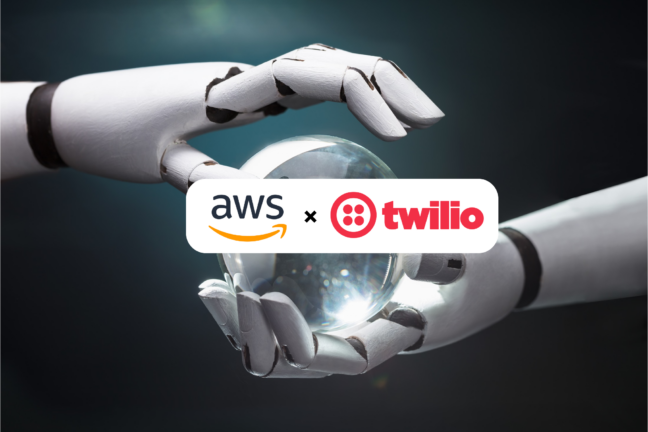Consumers have mixed emotions when it comes to interacting with conversational AI. When money is tight, companies are scrambling to maintain the level of service they are providing while reducing costs. But how is this reflecting on consumers' perspectives on the increased use of conversational AI at the expense of human agents? Talkdesk has published a report entitled "The promise (and pitfalls) of self-service automation in customer service," highlighting that in today's challenging economic climate, CX teams are under pressure to achieve more with limited resources. Therefore, many CX leaders are leveraging artificial intelligence (AI) tools to enhance customer support and overall experience, with 75% of them embracing AI.
“AI has recently been catapulted into the spotlight thanks to large language models like GPT-4; but AI and chatbots have long been a core part of CX departments. As these tools become more advanced, they are taking on a bigger role in customer service processes – to varying degrees of success. As today’s economy drives labor and skills shortages that hinder CX, it’s more important than ever that companies not only invest in automated tools, but design these solutions in a way that truly simplifies and streamlines customer experiences – therefore mitigating frustration and driving loyalty,” said Charanya Kannan, Chief product, Engineering, and Customer Officer, Talkdesk.
The Rise of Self-Service Automation
Customer experience (CX) teams have started cutting costs and looking for more affordable ways to expand their operations. To maintain high-quality CX while reducing operational expenses, many CX leaders are turning to self-service automation through virtual agents and chatbots.
Current economic instability presents a major obstacle for CX teams, with increasing expenses (61%) and shortages of qualified frontline staff (57%) posing the biggest challenges to achieving their goals.
To address these issues, manage costs and meet high demand with fewer human agents, many CX leaders plan to invest in chatbots by using natural language (35%) and virtual agents by using voice technology (40%) within the next six months.
The Power of Proper Conversational AI
Only 18% of consumers say they have interacted with a chatbot, and even fewer (11%) have used a voice-based AI assistant during their most recent customer service experiences. The majority of consumers still prefer to manage customer service issues through live phone conversations (47%) or live chat (31%).
Although nearly half of the consumers (48%) are comfortable with utilizing AI tools to solve their customer service problems, they don't find them as efficient as communicating with a live agent. According to the report, human agents are up to 2.7 times more likely to successfully resolve a problem on the first contact compared to an AI system.
However, the report suggests that consumers are open to giving AI agents another chance if their effectiveness improves. As many as 64% of consumers state that they would be willing to engage with an AI system if it leads to a quicker resolution of their problems.
To fully leverage the power of AI in contact centers, CX teams must follow several important steps:
-
Ensure that any new AI tools they implement are designed to streamline customer conversations.
-
Establish a fallback mechanism with virtual agents.
-
Provide customers with the option to opt out of AI interactions and connect with a human agent if desired.
-
Continually test and train virtual agents to improve their performance.
-
Leverage advanced language models like GPT to reimagine and enhance the capabilities of virtual agents.










